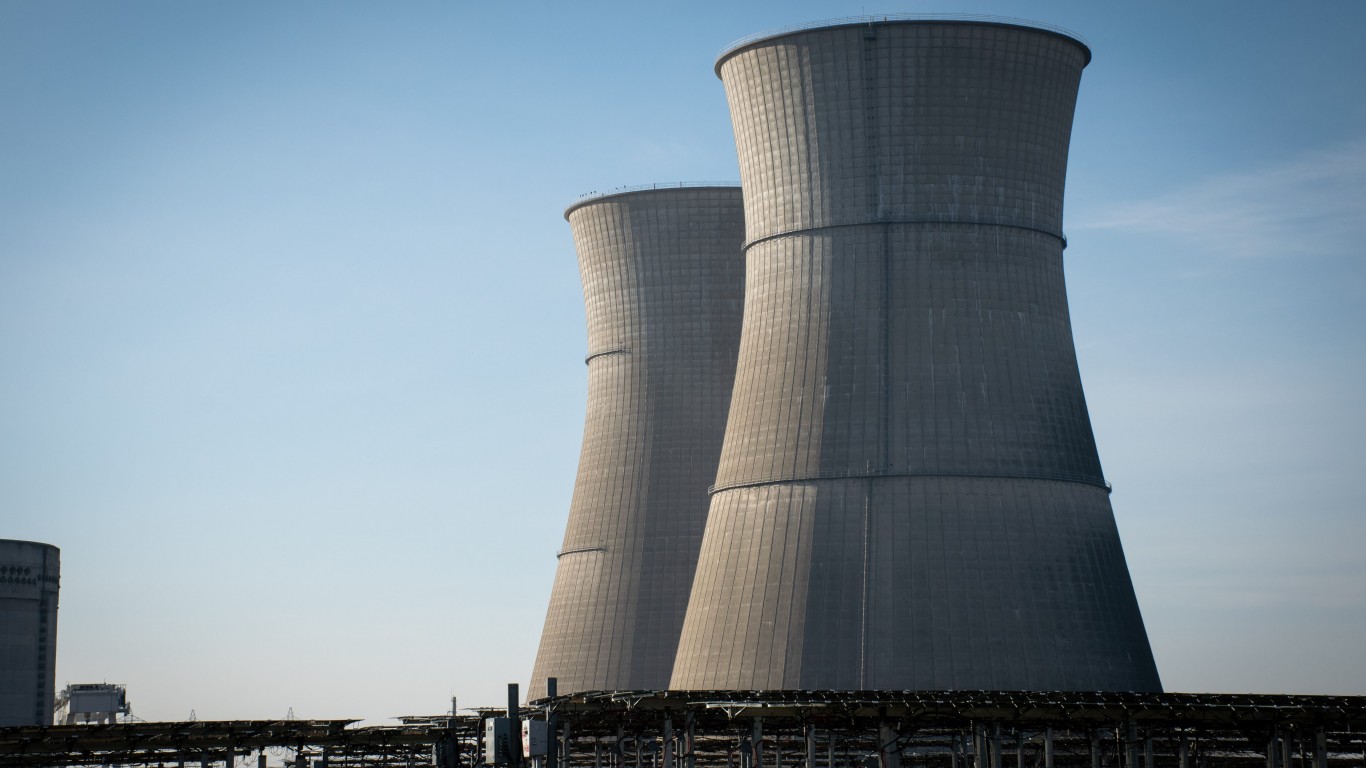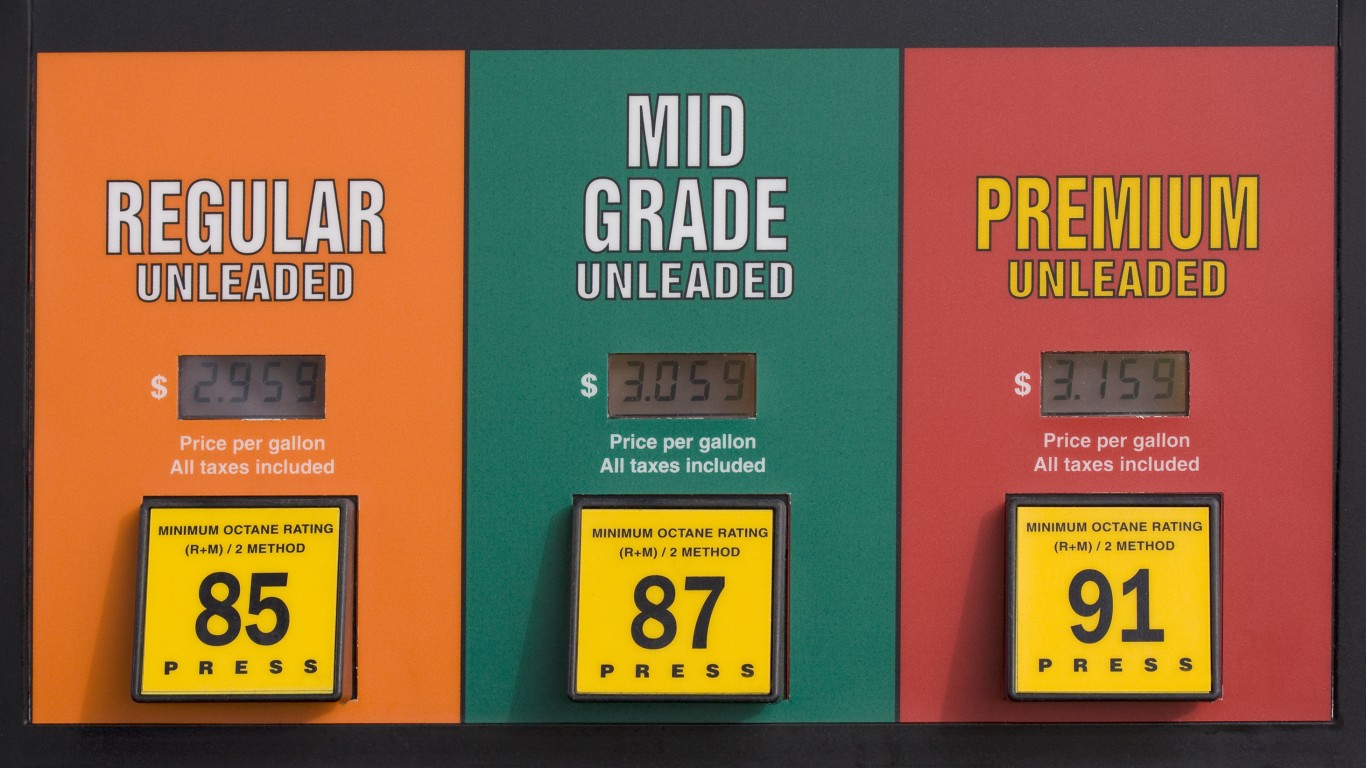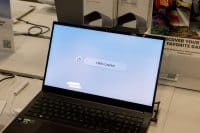 It is a legal practice, although perhaps not a principle, that someone or some entity, is at fault when something goes wrong. This extends from medical malpractice to car recalls to man-made disasters.
It is a legal practice, although perhaps not a principle, that someone or some entity, is at fault when something goes wrong. This extends from medical malpractice to car recalls to man-made disasters.
The result of this approach to liability is that companies try to shift blame for an accident when they can. In the case of the Deepwater Horizon spill, this shifting involves BP plc (NYSE: BP), Transocean (NYSE: RIG), and oil service firm Halliburton (NYSE:HAL).
There is some chance that employees at one or more of these companies broke protocol.
The company or companies involved in the spill are, of course, responsible for the actions of their workers, even if those actions were “irresponsible.” How a court or jury will see that when it comes to guilt and damages is impossible to say. But there is some modest chance that men on the rig, some of whom may not have made it off the rig, or men who handled work to shut down the rig, failed to follow procedures. And, then what?
The Deepwater Horizon disaster will cost BP billions of dollars in clean up costs, legal fees, and liability payments. The company is “responsible” for the disaster both by its own admission and the statements of the US government. BP has already begun to backpedal on that and point to Halliburton. It is certain that BP, Transocean, and Halliburton will all fight in court over who is to blame for the worst oil spill in U.S. history. Each will argue it had little or nothing to do with the causes of the spill.
One of the advantages of being a business is that it place potential liability on a company and not an person or group of people. In the case of big suits, the value of a corporation works in the opposite direction, particularly when the firm is as large as BP. Its “net worth” is larger than that of any employee. BP is a large target, and perhaps fairly so.
It is not clear what caused the disaster in the Gulf. Blame may not be assessed for years. The court cases and investigations will take that long. And, although it may not help the companies involved avoid punishment, there is a chance that the safety programs and rules at the BP, Halliburton, and Transocean were adequate and that one or a few people blundered. It is not always the organization that makes the mistakes.
Douglas A. McIntyre
Are You Ahead, or Behind on Retirement?
If you’re one of the over 4 Million Americans set to retire this year, you may want to pay attention. Many people have worked their whole lives preparing to retire without ever knowing the answer to the most important question: am I ahead, or behind on my goals?
Don’t make the same mistake. It’s an easy question to answer. A quick conversation with a financial advisor can help you unpack your savings, spending, and goals for your money. With Zoe Financial’s free matching tool, you can connect with trusted financial advisors in minutes.
Why wait? Click here to get started today!
Thank you for reading! Have some feedback for us?
Contact the 24/7 Wall St. editorial team.




